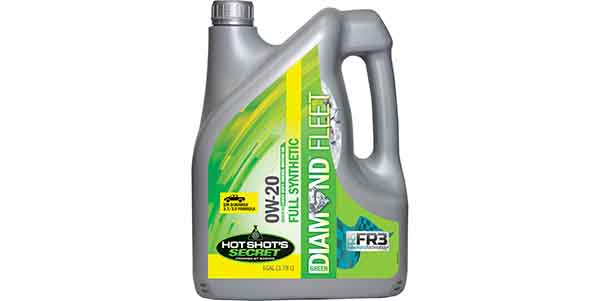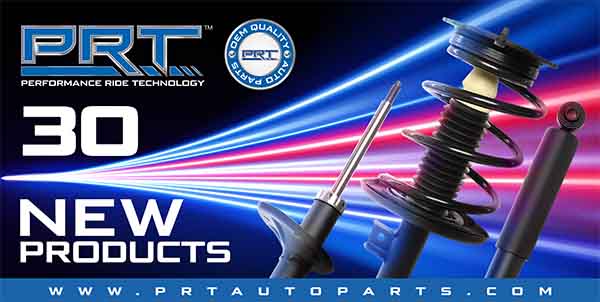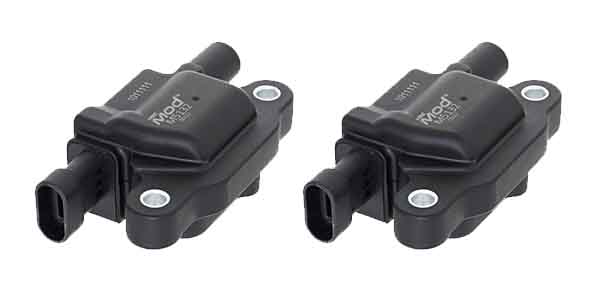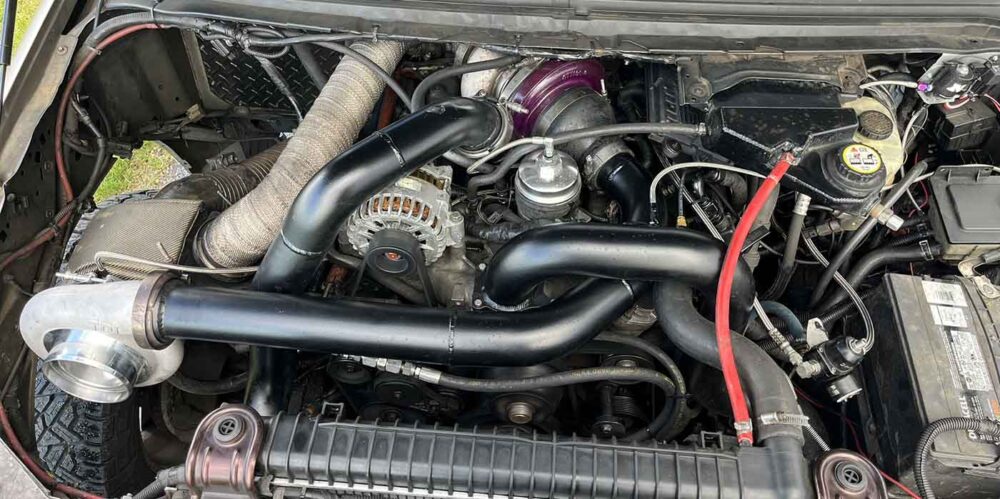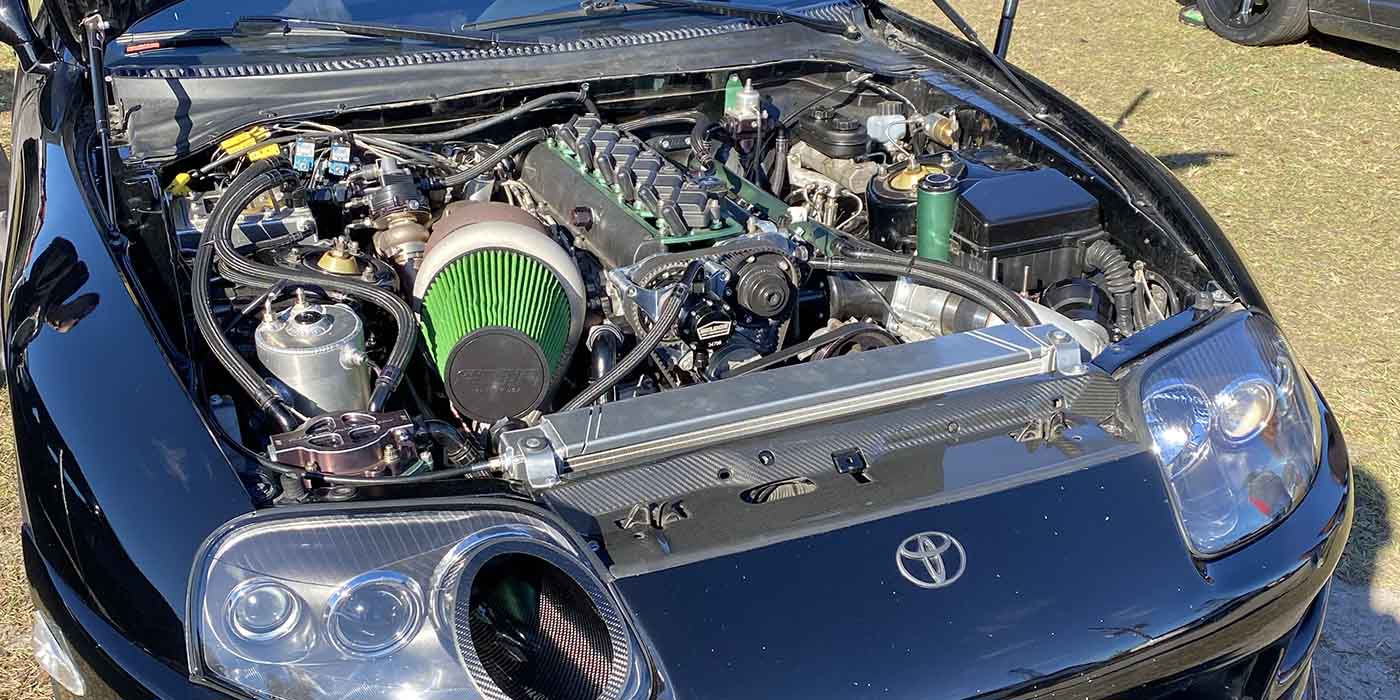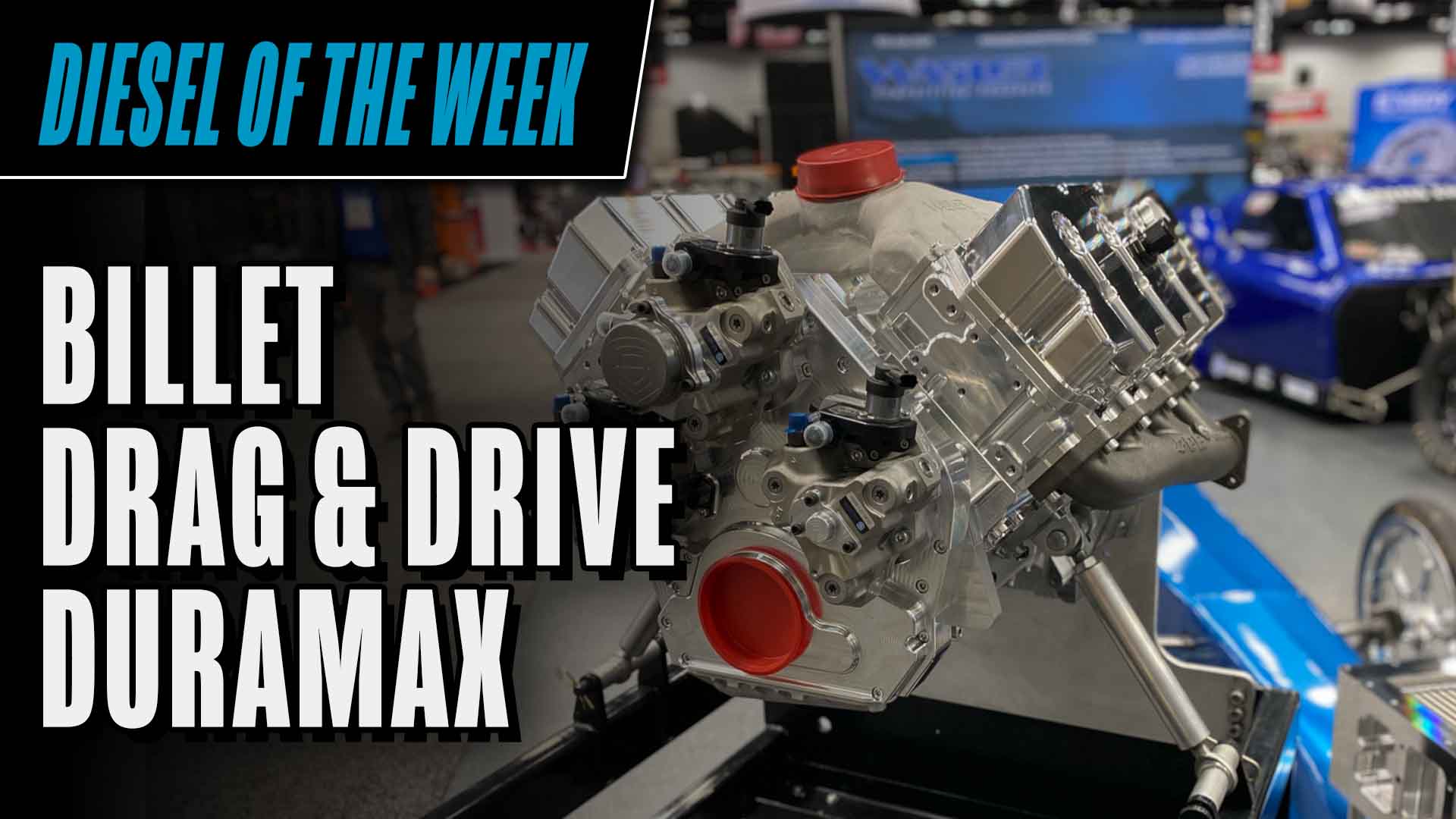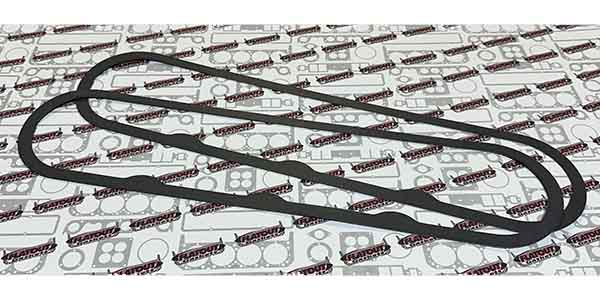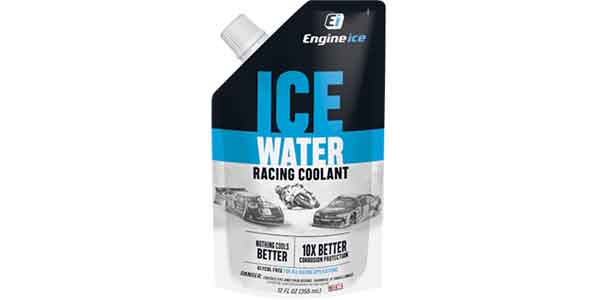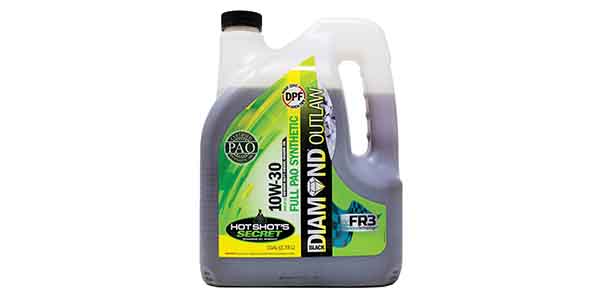There is nothing more fast and furious than the roar of a turbo engine when it is finely tuned and performing efficiently on all levels. Whether pulling gear with the diesel truck or revving the street hot rod, making the most out of the turbo is crucial to most engine builders. As the consumer’s appetite for speed is steadily increasing, so is the demand for more diesel engine modification.
“Our customers demand more horsepower each year and we have to deliver,” says Justin Norris, Diesel Specialist with Precision Turbo and Engine in Hebron, IN. “For example, we started with a 3×3 (inlet/outlet) for the 3.0 truck pulling class back in 2009, then a 3×3.35 in 2010, after that was the 3×3.6 in 2012, and now we are working on a 3×4.
“In the motorsports world, staying current with the latest innovations and technologies is absolutely essential with regards to remaining competitive,” Norris explains.
In addition to the origins of diesel pulls, the diesel tuning market has evolved, joining drivers who have utilized the power of turbo for their own use.
“The diesel tuning market is split into three camps,” explains Matt Snow, owner of Snow Performance in Woodland Park, CO. “‘The Towing Guy,’ who wants better fuel economy, intact warranty and some power; ‘the Power Guy,’ who still wants his diesel particulate filter (DPF) intact; and ‘the Wild-Haired Power Guy,’ who doesn’t care about emissions testing or warranty. Of course, there is some overlap, but the biggest change – for the Wild-Haired Power Guy – is the recent crackdown by the EPA on DPF-delete tuners and exhausts.”
Located under the vehicle’s frame, the DPF removes soot – “the black smoke” – from the exhaust gas of a diesel engine. The filters can remove at least 85 percent of soot from the exhaust, thus emitting less of the black smoke that is accustomed with the legend and allure of the diesel-powered vehicle.
But as the DPF helps with maintaining clean air, some turbo diesel enthusiasts such as Snow’s aforementioned “wild-haired guys” became discouraged about the sacrifice of horsepower and torque.
As a result, DPF-Delete kits were manufactured to bypass the soot cleanse and recoup the torque and horsepower that were nabbed by the filter. But currently under the EPA Clean Air Act, DPF-Delete tuning products are strictly for off-road use and are illegal on public highways.
“The EPA has cracked down and levied some stiff fines on everyone from manufacturers to the guys who own the vehicle,” says Gale Banks, CEO of Banks Power in Azusa, CA. “Right now they are going after the people who make the stuff, the distributors and some of the online sellers.”
Although some sellers boast claims of major horsepower and torque gain, Banks contends the extra work for the actual gain might not even be worth the trouble.
“It’s truly not much gain,” he says. “Maybe worth about 20 hp more on a 700-800 hp configuration. Bottom line: if you tune your diesel right, things can perform pretty well and you don’t have to face jail time or million-dollar fines.”
Aside from black smoke, there are many other aspects to consider for the engine builder, Norris says.
“Generally, the first question we should always ask a customer is ‘How much power do you want?’ And from there we can start the selection process,” he said. “If the charger is too big, then it may not light or run into compressor stall when the motor lugs down to a low rpm.
If the charger is too small, then we may not hit the power goal and the charger may also fail as a result of over-speeding. After the power goals are addressed, engine size, rpm and how much fuel are the three big questions, because those aspects will determine how much energy is available to drive the charger.”
Norris suggests the best way to gauge turbo sizing is to monitor the drive pressure in relation to the boost. A ratio of 1:1 is ideal for efficiency, but more boost than back pressure can lead to compressor stall.
“Our chargers seem to perform really well with about 20 more psi of drive pressure compared to boost, which helps the charger lug,” Norris explains. “A ratio of 2:1 drive pressure to boost starts to become a restriction and is a sign that the turbo is too small. Different turbine housing sizes can also help finetune how a certain turbo size performs on an engine.”
When it comes to today’s turbochargers, Banks, who’s considered a pioneer in diesel motorsports and
engine building, says although there are many variables and a lot of geometry involved in maintenance, turbos are still basic to the core.
“If you are going to repair a turbo-charger, you need to be able to balance a turbocharger. You shouldn’t take a turbocharger apart and change wheels without balancing the rotating group as an assembly,” he says. “That’s the turbine wheel and the compressor wheel. You balance them or otherwise you may be fragging turbos and not wondering why or killing the bearing system and not wondering why. The crucial element is if you are going to overhaul, modify or upgrade, you need to know how to do it properly.”
Like Banks Power and other diesel performance shops, Ryan Flanders of Industrial Injection out of Salt Lake City, UT, considers turbocharging an exact science where the products are heavy duty in a constant process to balance their customers’ needs for towing and performance.
“What we do is take turbo parts to different chargers and we build a charger for certain applications. For instance, we have a guy who needed a towing turbo. We built it with stronger internals so it will last 200,000 miles at a maximum of 50 pounds of boost running at 600 hp,” Flanders says.
Industrial Injection’s Silver Bullet 62 turbocharger and other diesel turbos are part of the work of a dedicated turbocharging team that “builds, rebuilds and repairs turbos all day, every day.”
Flanders says his company has a wing concentrated on building Cummins and Duramax engines for street and race performance that gather up to 600 hp to the flywheel and 550 hp to the wheels.
“We want to build these engines to last. They need to last 100,000-200,000 miles,” Flanders says. “We fully go through the cylinder heads, valves and better valve seats on the Cummins for instance, as well as higher strength valve springs and modified camshaft for two different stages: street and race.”
In addition to the hot rod preferences, the diesel pullers have their penchants for turbo performance.
“An individual who tows with his diesel doesn’t want any turbo lag. In fact, large single turbos are fine for competition but on the street, where instant torque is needed, they can make a high horsepower truck feel like a dog, along with heavy black smoke,” Snow warns. “Variable vane singles work great up to about 650 hp. In fact, we just tested a new variable vane design called The Switchblade by Blaylock Turbochargers that spooled as fast as a stocker with 600 hp capability and it’s very nice on the street. Of course, you could go to twins but that gets expensive very fast.”
To handle the power of max diesel performance, Snow explains that the degree of strength of internal engine parts vary and ultimately depends on the make of vehicle, but one commonality is pressed-in valve seats.
“This becomes an issue with the high combustion temperatures caused by over-fueling. After a while from repeated super heating and cooling, the engine will drop an exhaust valve seat, causing piston and cylinder wall damage,” Snow says. “Water methanol injection helps with this in that EGTs (exhaust gas temperatures) are reduced to safe levels even with prolonged high engine load states while towing.”
As the basic turbocharger brings more air in the combustion chamber more efficiently, water methanol injection is the equal mix of water and methanol that cools the engine allowing it to receive more fuel while keeping the combustion heat steady. Thus, giving the tuned engine/vehicle added horsepower. Snow Performance offers such a system, the Comp-One, for its performance diesel market complete with loaded tunes.
“The tunes include tow, performance and extreme ranging from 50 to 190 hp increases,” he said. “With the water methanol, this makes the Comp-One worth up to a 260 hp increase. Better yet, these tunes can be used safely even while towing as the injection cools EGTs 200-300° F.”
Far from the latest new trend, water methanol injection dates back to the research of Sir Harry R. Ricardo with water injection and later during the World War II era that provided various warplanes a tremendous turbocharged boost with equal parts water and methanol.
“It is remarkable,” says Banks of the long-time injection method. “When I was a kid in the 1950s, I read a book called The High Speed Internal Combustion Engine by Sir Ricardo. He started with water injection and then it went to water methanol. The Ricardo labs are still around today designing engines for major auto manufacturers. They are a real high-tech company.”
Banks says his shop, which also provides a water methanol injection offering in the StraightShot, is currently working with professional semi-truck race driver Mike Ryan to build a Freightliner with a Detroit Diesel 60 series engine in hopes of breaking the world record at Pikes Peak International Hill Climb in Colorado Springs this summer.
“We are doing a 3.8L screw-type supercharger blowing into a monster turbocharger to help break the record that Mike currently holds with the truck,” Banks explains. “It has three different injector points: the water methanol as well as a charger and cooler. We are also using the pure water system to mist the intercooler core and also to cool the brakes. This water methanol controller can be used for brake cooling and the intercooler misting system injects straight into the intake.”
Another benefit to water methanol injection, Snow says, is that it doesn’t leave a signature on the vehicle’s PCM (power control module) and works with most of the newer emissions equipment. “Water methanol injection actually reduces emissions so the incidence of regeneration is reduced, which saves a tremendous amount of fuel,” he says.
As manufacturers are looking for new ways to tune or utilize other tried-and-true electronic tuning aids, the main goal continues to be enhancing an engine that pushes performance to the maximum.
“A hot tune will give the engine more fuel, which will create more power and increase EGTs,” Norris says. “Adding a bigger turbocharger and a better intercooler will help bring the EGTs down and maximize the power potential of the tune.”
Most manufacturers caution that bigger is not always better – and the best way to simply monitor any progress is through use of gauges.
“Gauges are a must. If you buy a programmer that doesn’t have the built-in gauges to monitor everything, you should get them. You need to know that boost and exhaust gas temperature are tuned with different settings, so you can get the most bang for your buck,” Flanders says. “We build these huge injection pumps and some people figure that the bigger pumps mean they can turn up the fuel rail pressure above a normal setting.
“The pumps we build fuel more than a stock pump,” says Flanders. “They are there to give you the fue you need, but if you turn them up too much, you are going to over-pressurize. Then, you are going to have failures. We have to inform people that it’s not about maximizing every setting and saying ‘let’s go.’”
In the long run, it is best to have tuning aids that do not overwhelm, for example, the transmission or torque converter, but rather complement the engine or, as Banks describes, “honoring the host.”
“It’s as if I go over to your house for dinner and when we’re done, I volunteer to help you wash the dishes and I end up breaking every one of them,” he says. “That’s not honoring the host. You put too much stuff on the vehicle, it ends up killing the engine.”
Banks says that most diesel turbocharger manufacturers are steadily keeping a pulse on the industry and it’s coming back as the economy and turbo technology gets better.
“The diesel industry peaked and then we had the recession. Now construction is coming back and guys are buying trucks,” he said. “Most of those trucks are out of warranty and we are going back and doing those trucks from scratch. When we apply today’s technology to a 12-valve Cummins or a 7.3L Ford, to me, it’s kind of exciting. These are affordable hot rods today for guys who are into trucks, and we are after them.”


